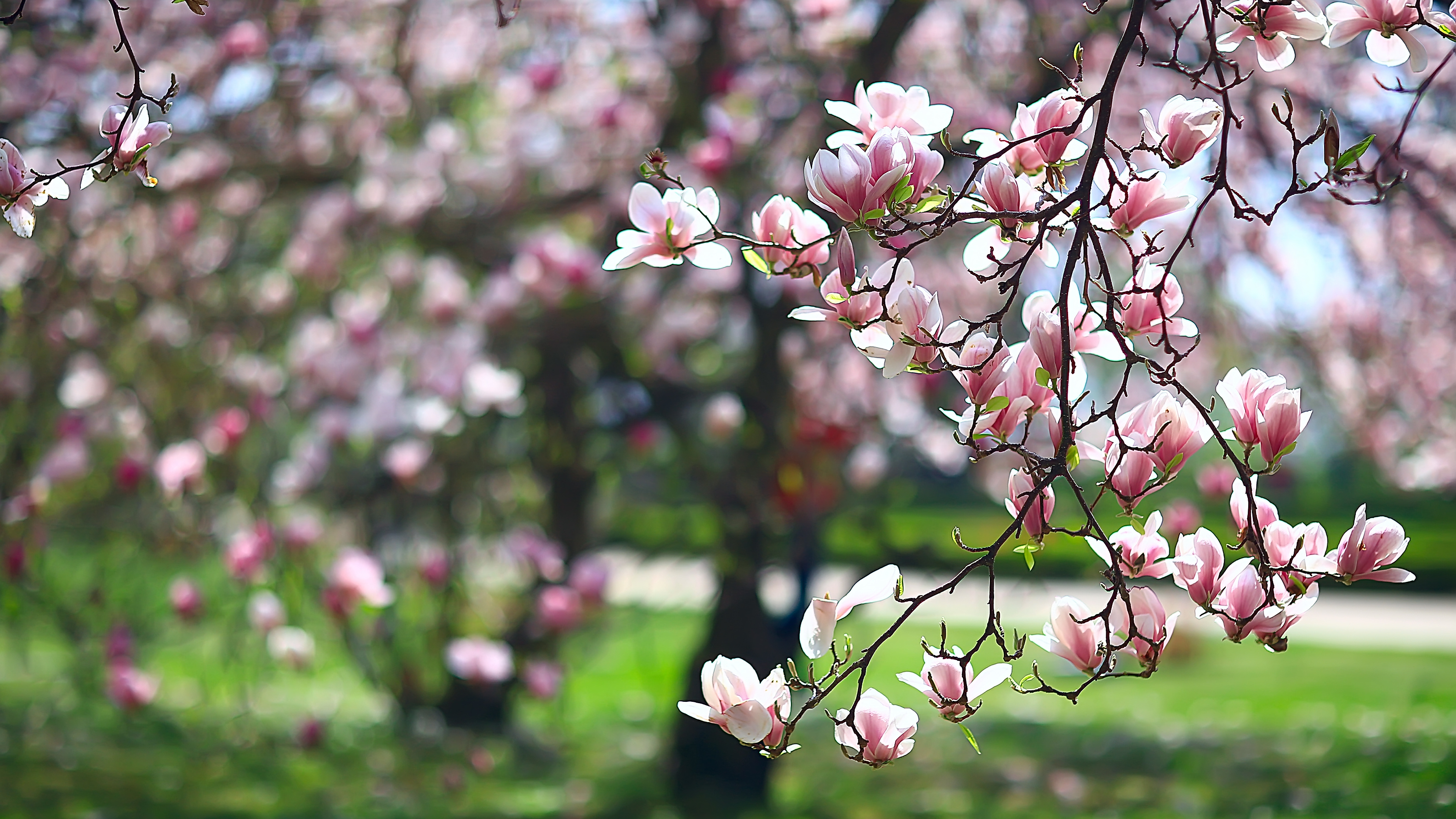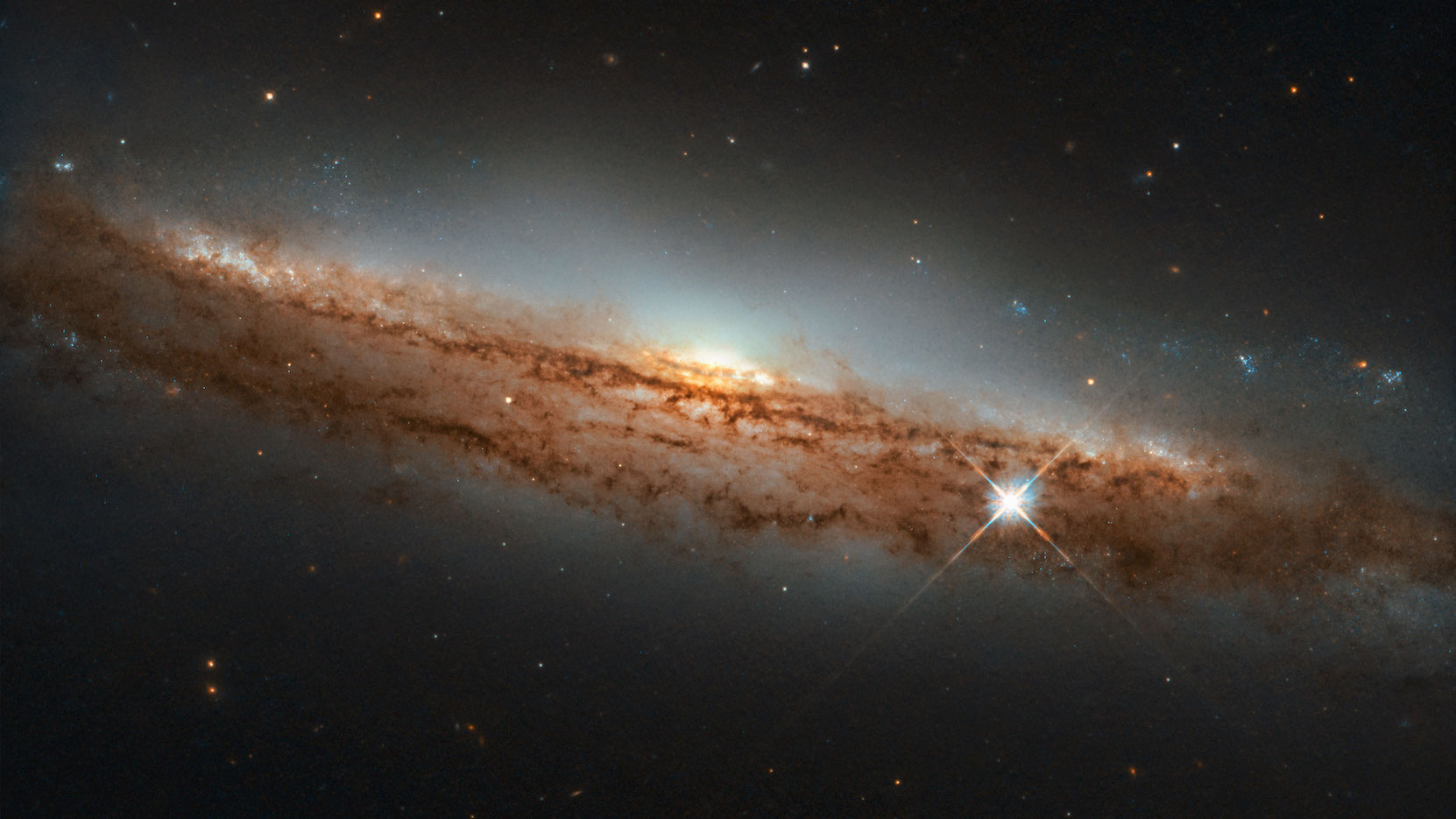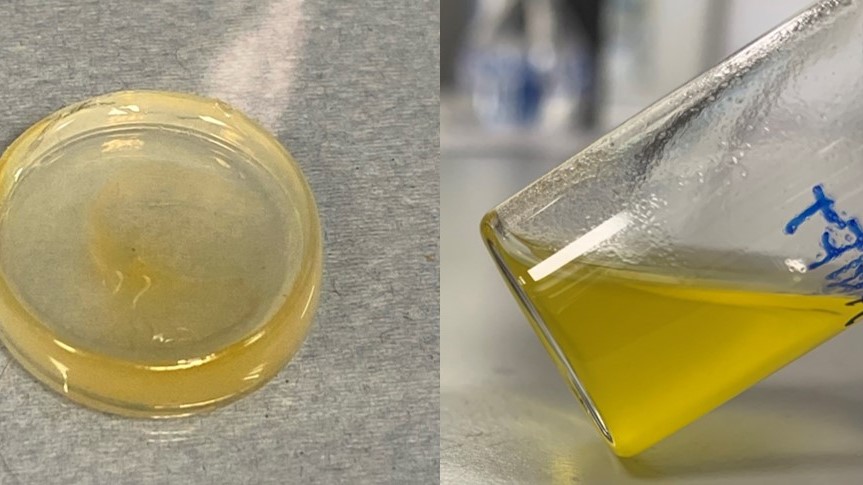Around 66 million years ago, our world changed irrecoverably. An asteroid thought to reach 10km across collided with Earth, just off the Yucatan coast in Mexico, propelling a plume of rock debris into the atmosphere.
The resulting dust clouds plunged the planet into darkness, forcing a decade of freezing temperatures and triggering one of the most famous mass extinction events in history.
But while three-quarters of life on Earth perished and the age of the dinosaurs came to an end, flowering plants escaped relatively unscathed.
Understanding mass extinctions
A mass extinction event occurs when a large proportion of species die out in a relatively short time. Throughout Earth’s history, a handful of such events have been noted. The most recent and well-known is the Cretaceous-Paleogene (K-Pg) extinction.
Evidence of Earth’s mass extinctions is well-documented in the fossil record. Rock strata from different time periods show older rock layers filled with a variety of fossils, while a younger layer immediately above is bare in comparison. This indicates the rapid extinction of many species and may also contain clues to the catastrophic events behind it.
Unlike animals, whose skeletons and exoskeletons leave behind a clear imprint, plant fossils are relatively rare. This makes it harder to track the evolution of plants through the fossil record alone.
Gathering clues from history
Researchers from the Milner Centre for Evolution joined colleagues from Universidad Nacional Autónoma de México to understand why flowering plants blossomed in the wake of the asteroid.
Together, Dr. Jamie Thompson and Dr. Santiago Ramírez-Barahona analysed the family trees of more than 73,000 living species of flowering plants, or angiosperms. They then used complex statistical ‘birth-death’ models to estimate their rates of extinction.
While some angiosperm species did die out with the dinosaurs, the families and orders these species belonged to managed to survive and flourish. Of the 400,000 living plant species we can see today, three-quarters are flowering plants.
Molecular clock evidence also suggests that most recognisable flowering plants, for example, magnolias, orchids and mint, all had ancestors that shared Earth with the dinosaurs.
A remarkable ability to adapt
‘After most of Earth’s species became extinct at K-Pg, angiosperms took the advantage, similar to the way in which mammals took over after the dinosaurs, and now pretty much all life on Earth depends on flowering plants ecologically,’ said Dr Jamie Thompson.
But how did these delicate immobile blooms survive the nuclear winter in the post-asteroid years?
‘Flowering plants have a remarkable ability to adapt,’ explained Dr Ramírez-Barahona. ‘They use a variety of seed-dispersal and pollination mechanisms, some have duplicated their entire genomes and others have evolved new ways to photosynthesise. This ‘flower power’ is what makes them nature’s true survivors.’



